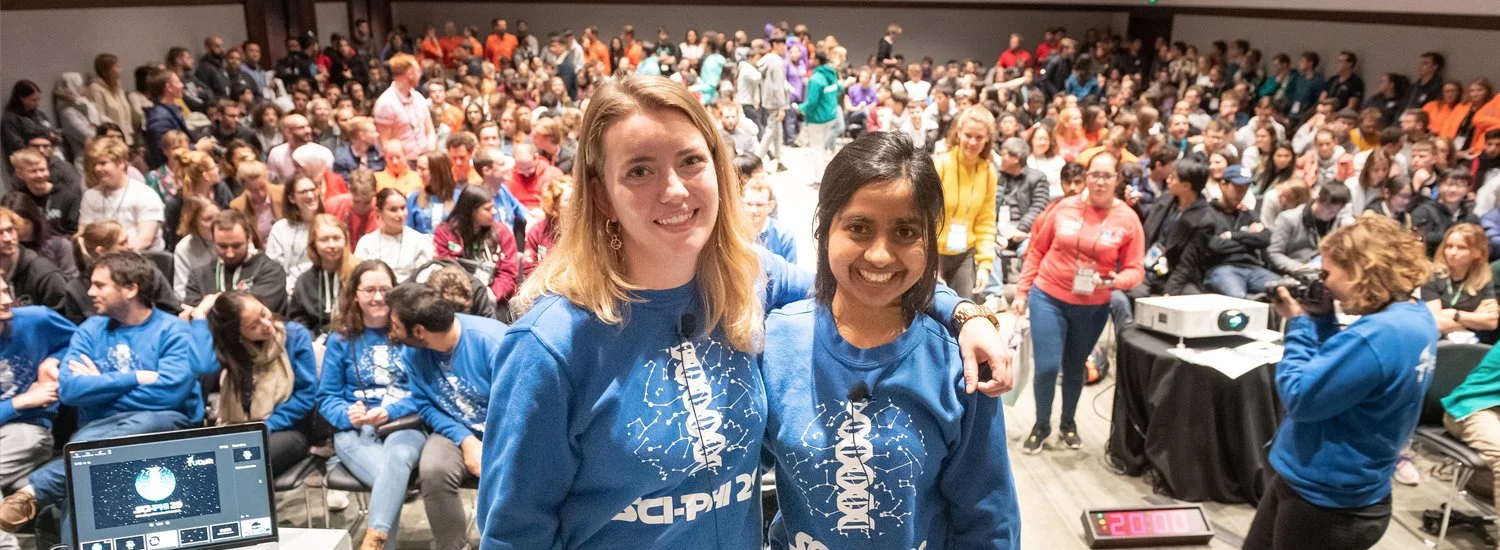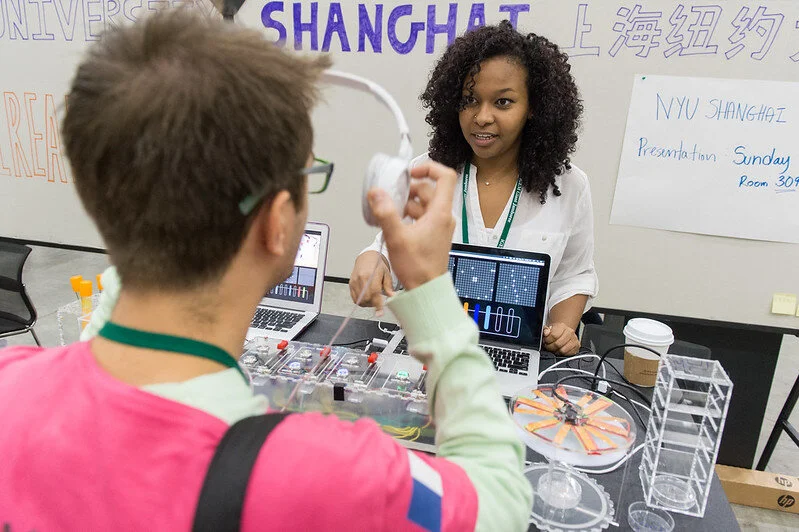Biosafety is an engineering challenge: announcing the 2022 Safety & Security Grants
“Biological science and technology will only become more essential to our societies, and we need strategies to learn to manage their power.”
If we are to achieve iGEM’s community purpose, and have “local people solving local problems, using synthetic biology, everywhere around the world”, we must make synthetic biology solutions safe enough to deploy everywhere around the world.
iGEM teams have an impressive record for creating new innovations to help manage risk and advance the field of synthetic biology. To encourage progress on this problem, iGEM’s Responsibility Program once again will award up to 5 grants of $5000 to teams working on technical advances in biosafety and biosecurity.
Apply for the 2022 Safety & Security Grant!
Apply by 23:59 UTC on June 30, 2022
These grants are part of a multi-year effort to develop a robust and empirical engineering approach to biosafety and biosecurity. Your project does not need to focus entirely on safety or security for your team to apply. Rather, we hope this grant enables you to dedicate additional time and resources to engineering safer synthetic biology.
Biosafety and biosecurity are technical goals that you can integrate throughout your project’s engineering cycle. We encourage you to focus on building upon past work to create another iteration of promising tools. We’re particularly excited to see engineering work in the following theme areas:
Preventing misuse of your project: can you prevent the data or tools you develop from being repurposed to do harm? (example: the biosecurity software developed by Lethbridge 2017 to allow DNA synthesis screening to handle genetic recoding)
Safer alternatives for common synthetic biology methods: what if we could develop alternative protocols that made whole categories of risk obsolete? (example: the antibiotic-free screening method developed by IIT-Madras 2011)
Robust biocontainment tools: what if we had standard containment tools so effective that accidental release was impossible? (example: the two-layer hydrogel system designed and characterized by NDNF_China 2021)
Empirical biosafety and biosecurity: what if we knew exactly how well our risk management systems were working? (example: tests by Aachen 2015 to validate the use of their sensor hardware in biosafety level 1)
Characterizing use beyond containment: can you run experiments to investigate whether your project could be deployed safely in the real world? (example: tests by NUS Singapore-A 2018 to ensure their biosynthetic dye didn’t contain any living organisms)
Solutions to local problems: are there specific biosafety and biosecurity problems in your region that you could solve?
We are excited to hear about your innovative biosafety and biosecurity ideas! Here are the examples from last year’s recipients of the iGEM 2021 Safety and Security Grants:
ABSI_Kenya (Kenya) worked on containment strategies for a biosensor that can be used by people from the comfort of their homes to detect local waterborne diseases. Bronze Medalist, Undergrad Division.
Bulgaria (Bulgaria) used wastewater metagenomics to characterize the genetic determinants of antibiotic resistance, and designed stop codons that could prevent potential environmental escape of these novel factors. Silver Medalist, Undergrad Division.
KUAS_Korea (Republic of Korea) designed a quorum sensing kill switch which allows cells to survive only under conditions of high cell density, thereby preventing unintended environmental spread of fungicidal bacteria from the skin of amphibians. Overgrad Division.
Paris_Bettencourt (France) developed minicells to enable labs in low- and middle-income countries to cheaply and safely produce enzymes locally, thereby lessening dependence on fragile international supply chains. Gold Medalist, Nominee Best Integrated Human Practices, Nominee Best Hardware, Nominee Best Wiki, Overgrad Division.
UMaryland (United States) encapsulated their phosphorus biosensor and reclamation system in a xerogel silica bead, and engineered auxotrophic dependence into the E. coli to lower the escape rate. Gold Medalist, Undergrad Division.
We are proud of the accomplishments of these and all of the iGEM teams who are innovating at the frontiers of biosafety and biosecurity in synthetic biology. Be sure to apply for the iGEM 2022 Safety and Security Grant by June 30!
Support for the Safety and Security Grants is provided by Open Philanthropy, and winners are expected to be announced around July 10.








